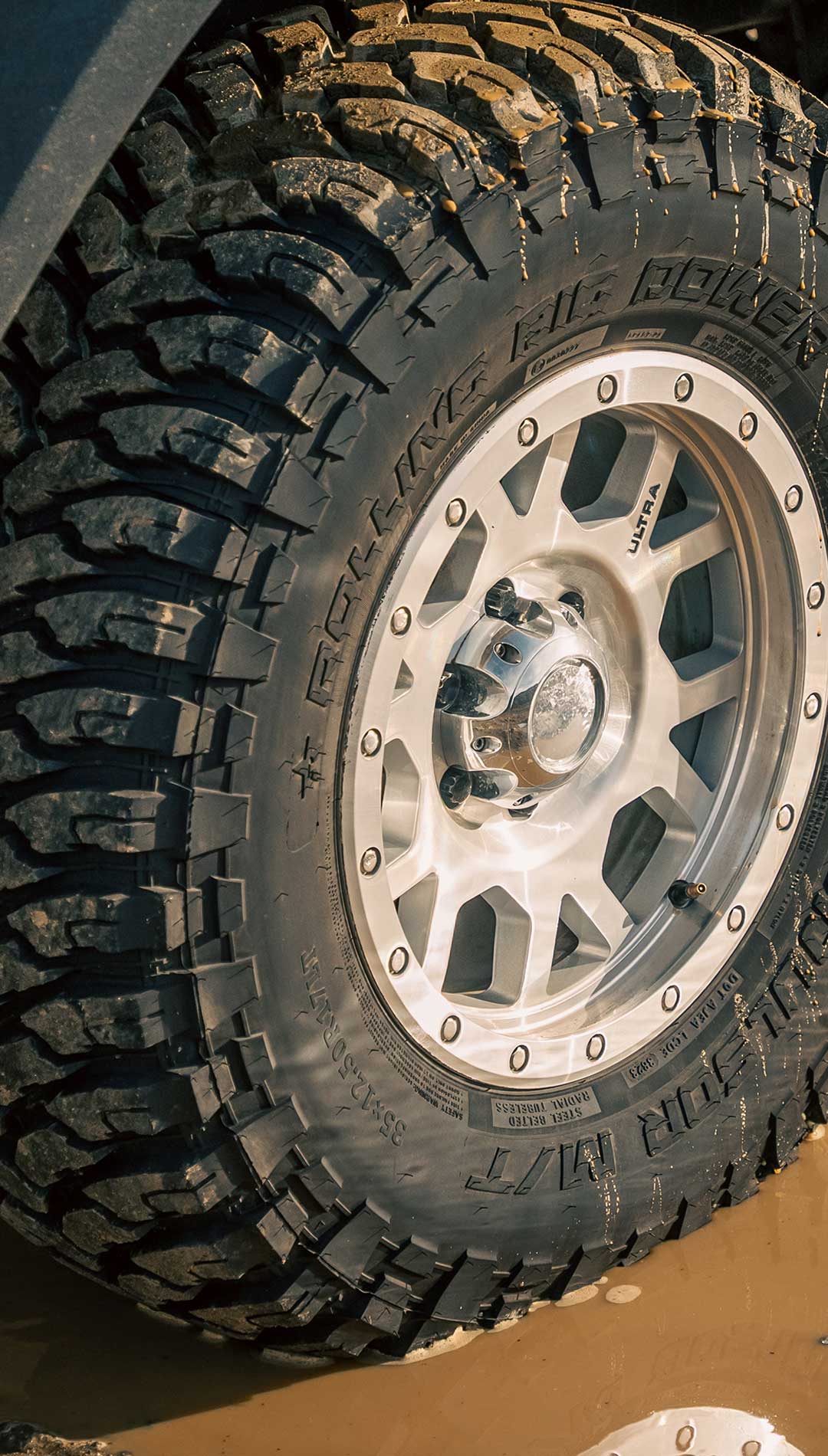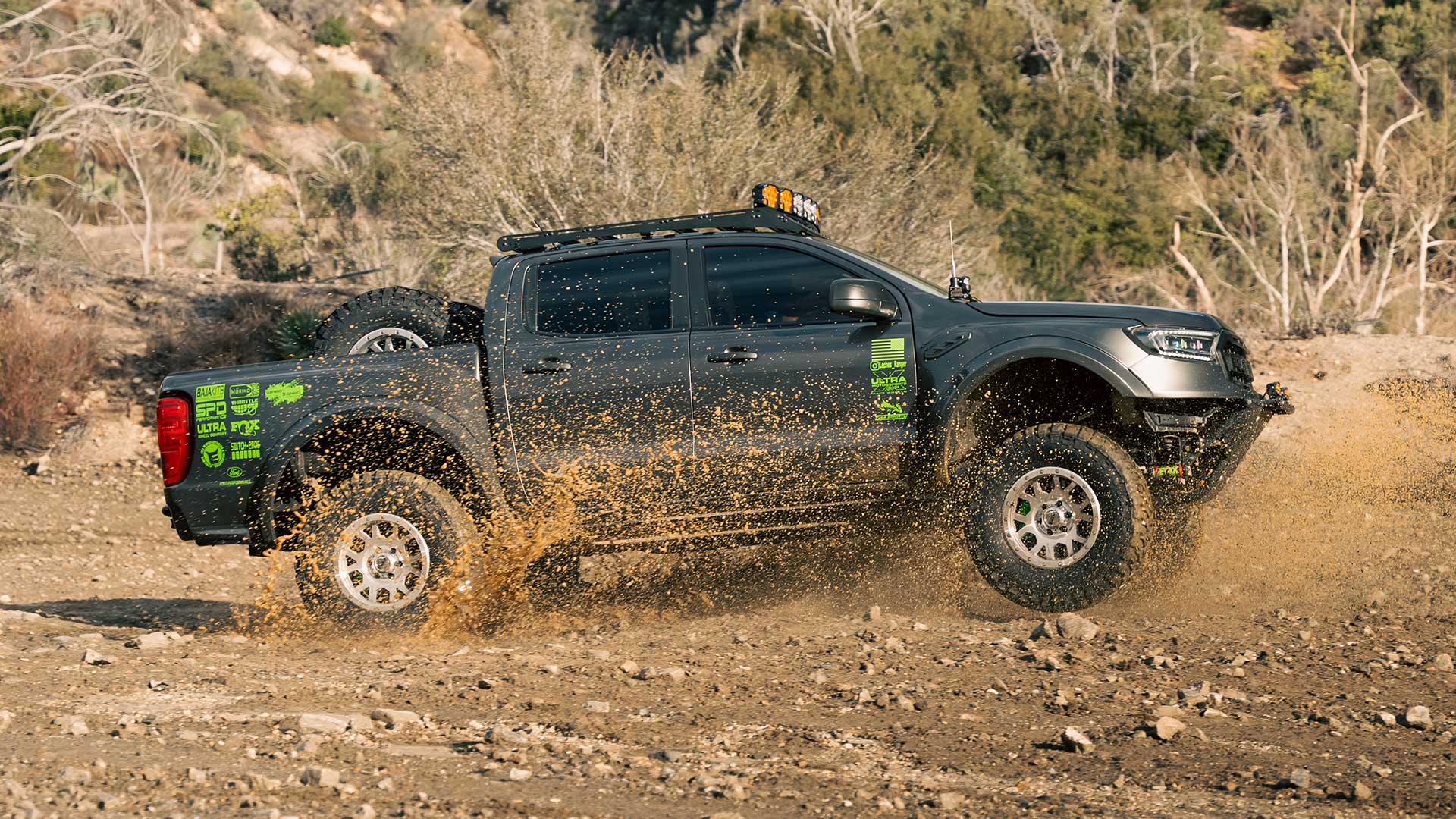Why are my tires turning blue? If you’ve been off-roading, you’ve likely come across this phenomenon. When the sidewalls of your tires start to exhibit an unusual blue hue often referred to as “blooming” or “bluing”. It’s not just an aesthetic concern—it’s a signal to pay closer attention to tire maintenance. This phenomenon can be attributed to various factors, including the reaction of antioxidant oils within the tire with certain environmental elements or products used for tire cleaning. Understanding the causes behind this color change is crucial for preventing it and maintaining the appearance and health of your tires. Proper tire maintenance is not only about keeping your vehicle looking its best; it’s also about safety, performance, and maximizing the lifespan of your tires.
The curious case of tire sidewalls turning blue is a multifaceted issue that involves environmental factors, chemical reactions, and the inherent composition and construction of the tire itself. When tires are exposed to certain types of mud or contaminants, a blue tint can appear on the sidewalls. This discoloration is often more easily scuffed off but may require more effort to remove completely.
The tire’s composition plays a significant role in this phenomenon. Tires are made with a variety of chemicals and materials designed to ensure durability and performance. Among these are antiozonants, which are added to rubber to prevent it from deteriorating due to oxidation and ozone exposure. These substances can migrate to the surface of the tire over time, and when they come into contact with certain environmental elements, they can cause a blue discoloration. This is similar to the process known as “blooming,” where antiozonants cause a brown residue on tire surfaces.
The construction of the tire, including its tread patterns and components, also influences how it interacts with the environment. The specific design of the tread can affect how substances are trapped or repelled by the tire, potentially contributing to the blue hue when certain materials are present.
The phenomenon of tires turning blue can be attributed to several potential causes, each involving different environmental and chemical factors. Here’s a closer look at these causes:
While the blue discoloration doesn’t necessarily indicate damage to the tires, it’s primarily a cosmetic issue. However, it’s essential to properly clean and maintain your tires to ensure their longevity and performance.

Proper tire maintenance is essential for preventing issues like blue discoloration. Regularly inspect your tires for any signs of damage or discoloration. Avoid using harsh chemicals or solvent-based cleaners that can react with the tire’s composition. Protect your tires from UV damage by parking in shaded areas or using tire covers. When applying tire dressings and sealants, opt for products specifically designed for rubber tires to avoid adverse reactions. Additionally, it’s a good idea to always give your tires a rinse immediately after using them for off-roading, especially on mud. By following these maintenance practices, you can help preserve the appearance and health of your tires, ensuring they remain in top condition for safe and efficient driving.
Learn more about how to properly maintain and store your tires.

In the end, the best way to prevent blue tires is to understand how and why tire bluing happens in the first place. Understanding the causes is crucial, but taking proactive measures to prevent and address this discoloration is equally important. Regular tire maintenance, avoiding harsh chemicals, protecting tires from excessive UV and heat exposure, and choosing appropriate tire dressings and sealants are key steps in preserving both the health and aesthetics of your tires. Happy mudding!